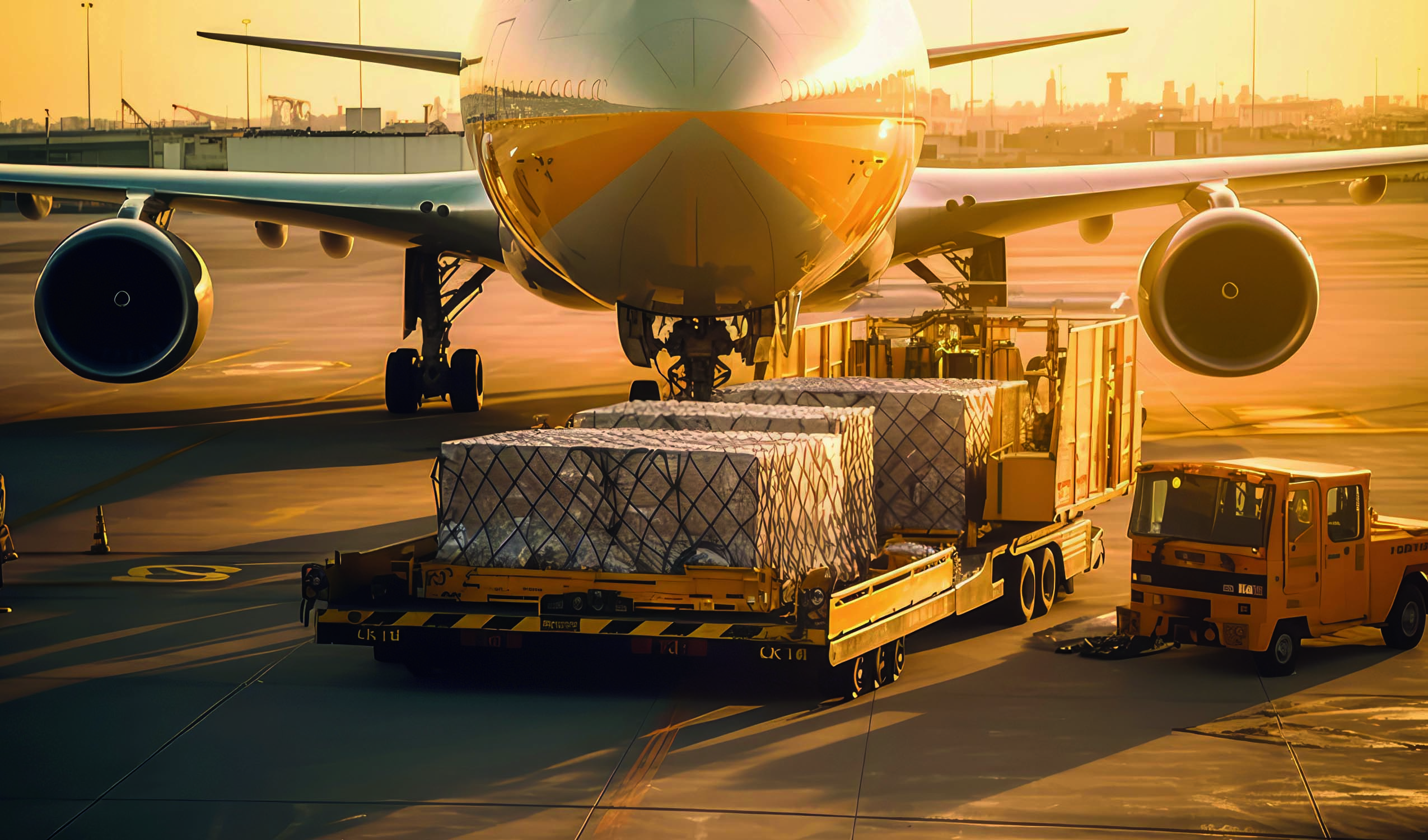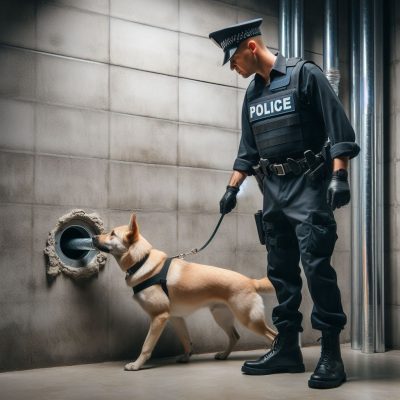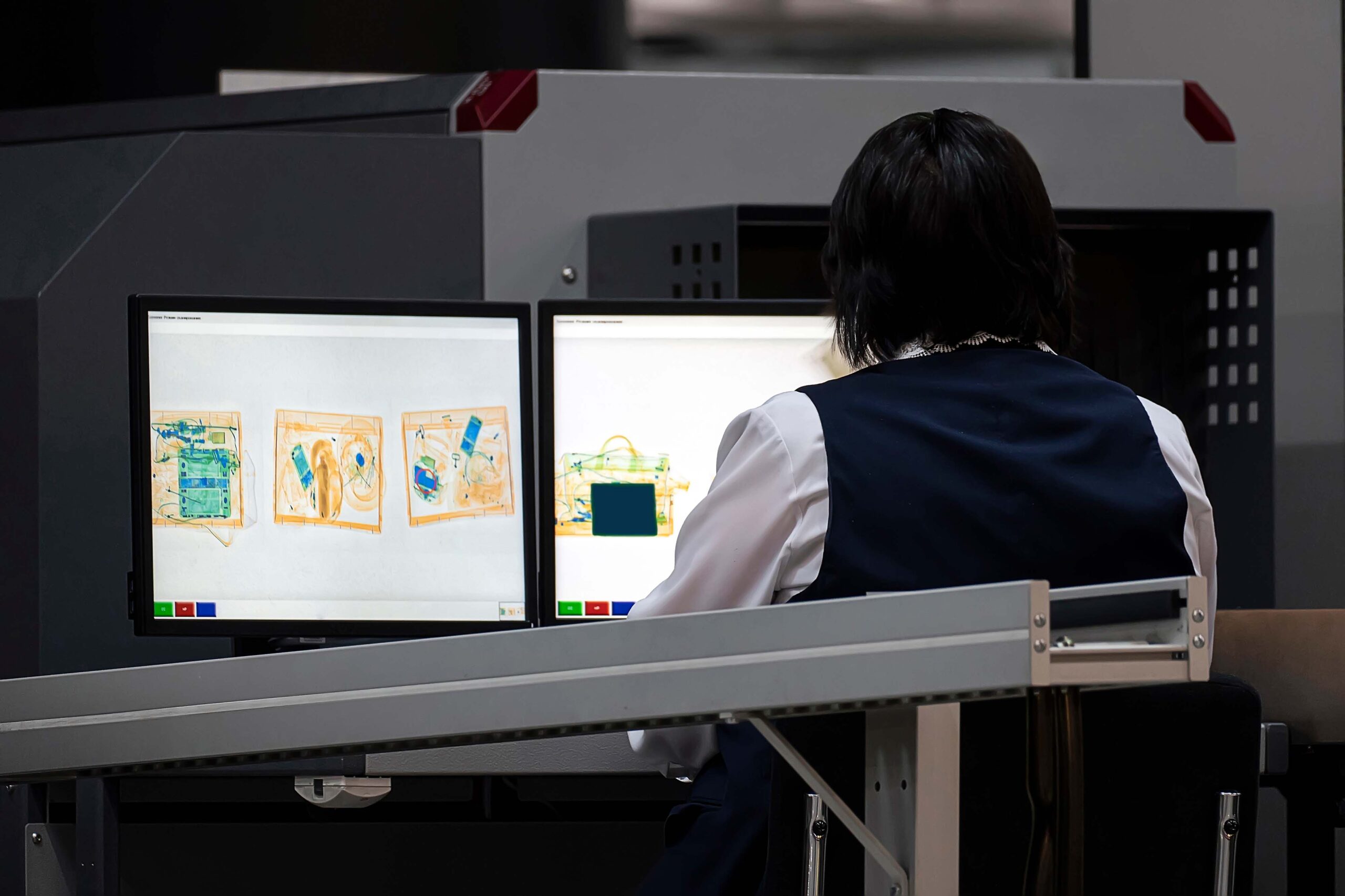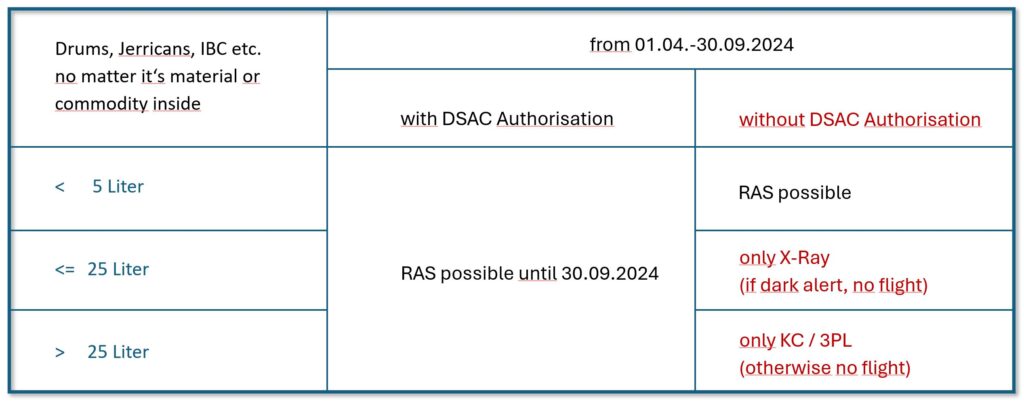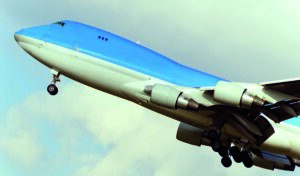
Lithium batteries – An IATA white paper on the transportation of dangerous goods by air
Lithium batteries are dangerous goods. We have known this since the catastrophe of the transport ship “Felicity Age“, which sank in the waters of the North Atlantic off the Azores in spring 2022 after a major fire, presumably after a lithium-ion battery in the cargo caught fire. Shipping accidents involving lithium batteries almost regularly fill the leading media and the books of insurance companies. But of course aviation logistics is also concerned with the risks posed by batteries. The International Air Transport Association (IATA) has now published a white paper with the attractive title “Make Lithium Batteries safe to ship”. The paper deals with incidents involving lithium batteries and ways to make battery logistics in air transportation safer. We have taken a look at this document for the readers of Leschaco’s dangerous goods blog.

